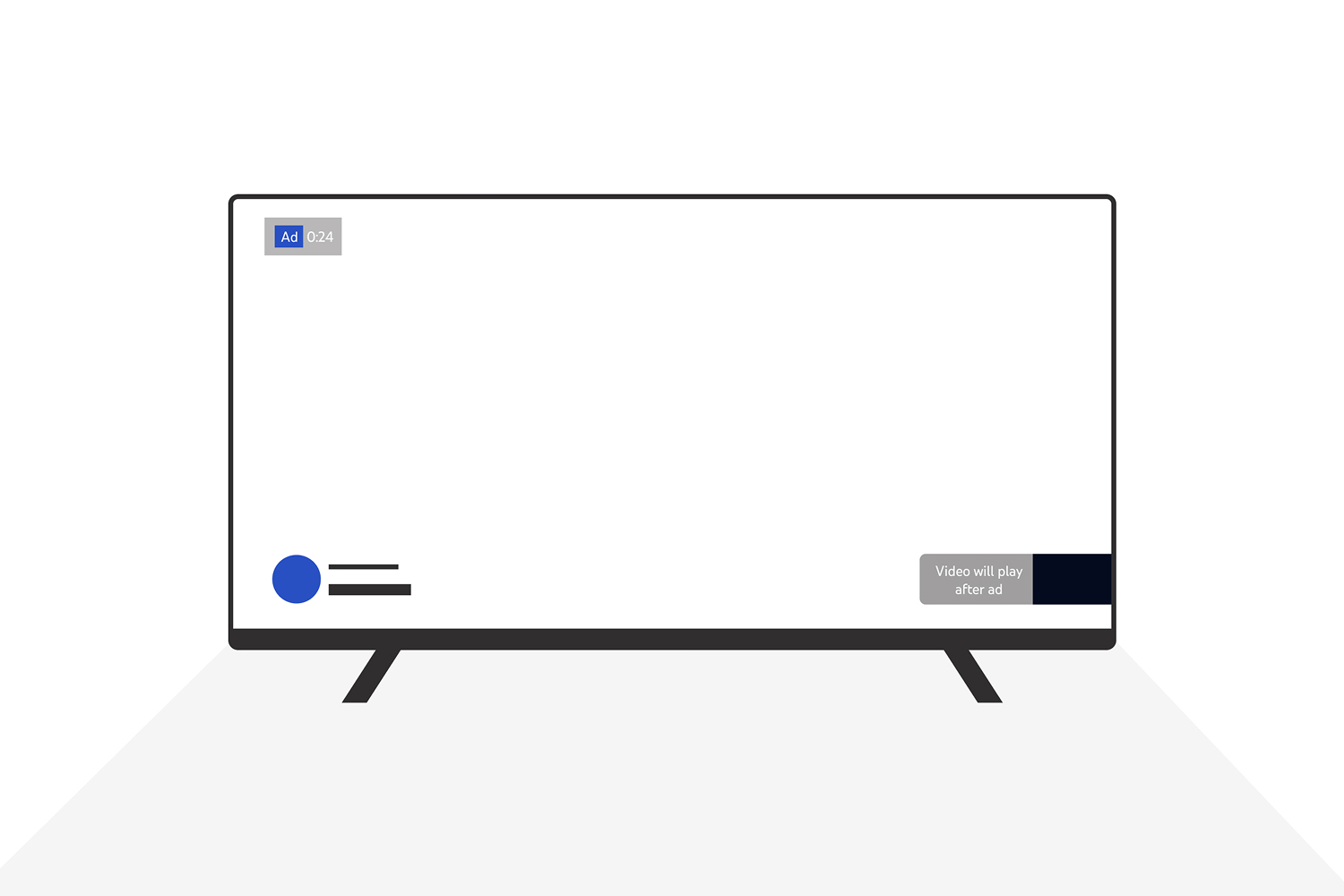The Polar Report #20

Welcome to The Polar Report, a curated view of what’s happening in the world of Digital Monetisation, Audience Development, and Measurement. This week we dive into YouTube enhancing Shorts amid monetisation challenges, Google failing to defund climate change lies, how broadcasters can succeed with multiple tools in the new TV upfronts, and the ongoing issues with the TV ad industry’s measurement system.
Monetisation
YouTube Enhances Shorts Ads Amid Ongoing Monetisation Challenges
YouTube is incentivising advertisers to use Shorts by including them in video reach campaigns that utilise AI for maximum reach.
YouTube Select targeting now extends to Shorts, pairing ads with trending content, while a new ad positioning tool increases ad visibility at the start of viewing sessions.
Despite a 3% YoY decline in ad revenue ($6.69 billion in Q1 2023), Shorts’ 50 billion daily views highlight its growing popularity, as YouTube competes with TikTok, Reels, and Spotlight.
Full Article on Marketing Dive
Google Funds Climate-Change Misinformation Despite Promises
Despite pledging to demonetise climate denial content, Google and YouTube have been found running ads alongside climate misinformation videos with 18 million views.
Brands like Costco, Politico, and Calvin Klein were featured, while some, like Grubhub, have pulled ads. Google faces backlash over its failure to enforce its policy, risking damage to its reputation and potential advertiser migration to other platforms.
Full Article on Media Post
Audience Development
How Broadcasters Can Succeed Using Multiple Tools for New TV Upfronts
Broadcasters face challenges like viewership fragmentation and disparate data sources but can leverage tools such as:
Cross-platform planning tools for better digital and linear balance, Advanced SSP solutions for flexible inventory management, and CTV-focused ad servers for streamlined processes and improved viewer experience.
Utilising these tools will help broadcasters adapt to the programmatic upfront world and meet advertiser KPIs effectively.\
Full Article on Digiday
Measurement
The TV Ad Industry’s Measurement System Still Needs Work
The TV ad industry’s measurement system remains inconsistent, with multiple partners but no standardised approach for agencies.
Technical challenges, requiring significant investment from advertisers and agencies, persist. Industry consensus supports including YouTube in measurement systems, but debate continues over extending to social media platforms like TikTok and Instagram.
While challenges remain, there is optimism that collaboration can yield a robust and effective measurement system.
Full Article on Digiday
If you liked that why not take a look
Ready to maximise your YouTube revenue?
Get in touch and let’s begin exploring your channel’s hidden potential.










